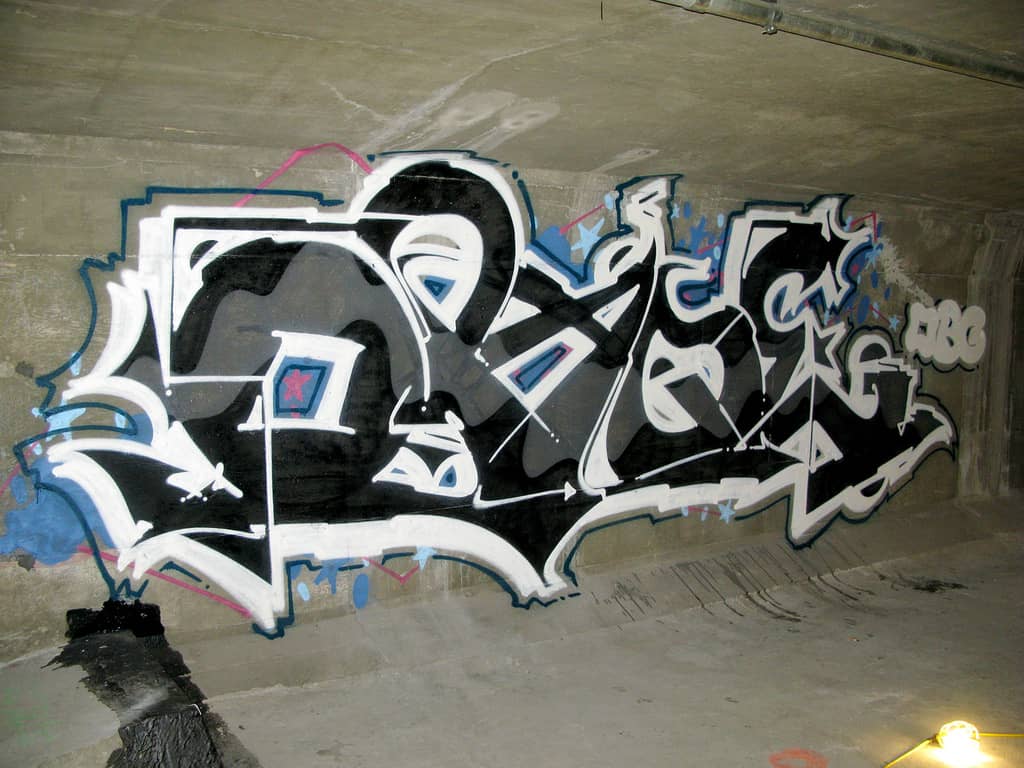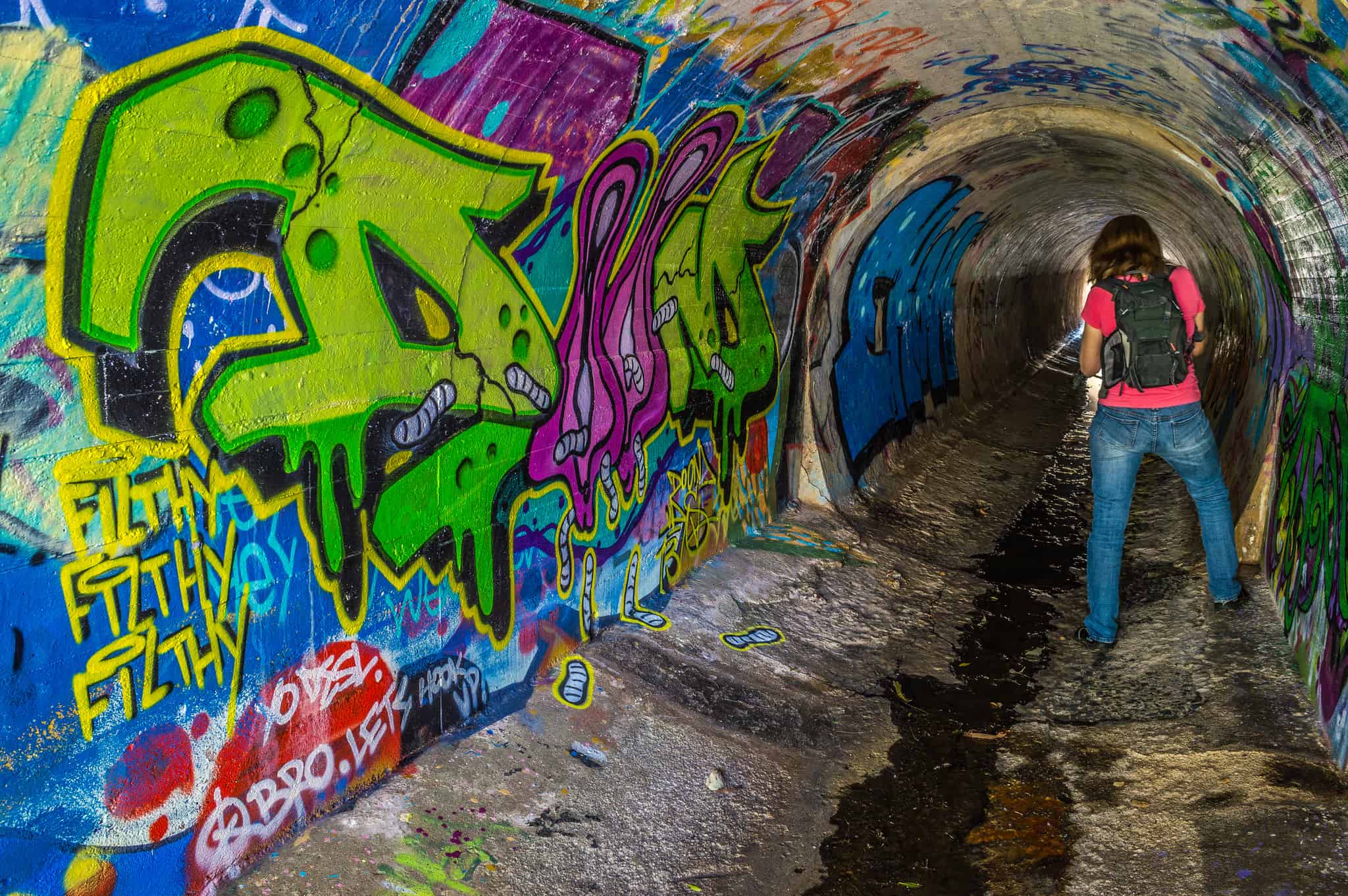Just like with a sculptor or painter, a photographer relies on artistic inspiration to decide what to create next. Street art can make a wonderful addition to your collection, but it can take a bit of planning to get (and be able to use) the perfect shot. Here are our tips to finding and photographing the best graffiti throughout the land.
Safety First
Some of the best places to discover and photograph exciting new street art can also be dangerous to go wandering into with expensive camera equipment. If you’re exploring a gritty area of town in search of interesting artwork, don’t go alone. Also tote your gear in an innocuous bag that doesn’t make it obvious what’s inside. Remember that your safety is more important than getting a fantastic photograph.
Give Credit Where It’s Due
Street artists are serious about their artwork. In addition to the inherent risk in creating artwork in a way that’s often illegal, they spend a lot of time perfecting their craft. They also invest quite a bit of money on the proper paints and gear, relentlessly searching for the most popular graffiti shop that carries the tools that they need.

As a fellow artist, it’s important that you give street artists the respect and credit they’re due. Just like with any artist, you need to get permission from the creator of any street art before shooting and using their work. Not sure where to find them? Check out Flickr and Instagram to see if the artist in question has an account where you can contact them.
Aim for the Right Conditions
To get the best shots, plan ahead. Determine whether the piece you’d like to photograph will look better while illuminated with sunlight or on an overcast day. Time of day matters, as well, as a certain play of shadow may look fantastic on the graffiti you have in mind.
Location Matters
Sometimes, graffiti isn’t an isolated piece of artwork. Often, it makes a commentary or tells a story about its location or neighborhood. Keep this in mind as you photograph it. It may be a piece of artwork that turns pipes, conduits, or a building’s physical imperfections into an animal or a kid flying a kite. You may be eyeing a mural that complements the neighborhood’s cultural heritage and history. Either way, context is important. Don’t zoom in so close up that you lose this.
With a bit of planning ahead, respect for your fellow artist, and a careful eye, you can soon be shooting amazingly vibrant pieces of street art – a truly interesting and gorgeous addition to your photography portfolio!


Nature and people are my favorite subjects when i do photography, I always look forward to capture some graffiti arts. I am curious how they’ll look like in a professional camera. I can use these helpful tips not only in taking graffiti arts photos but also in my day to day photography.